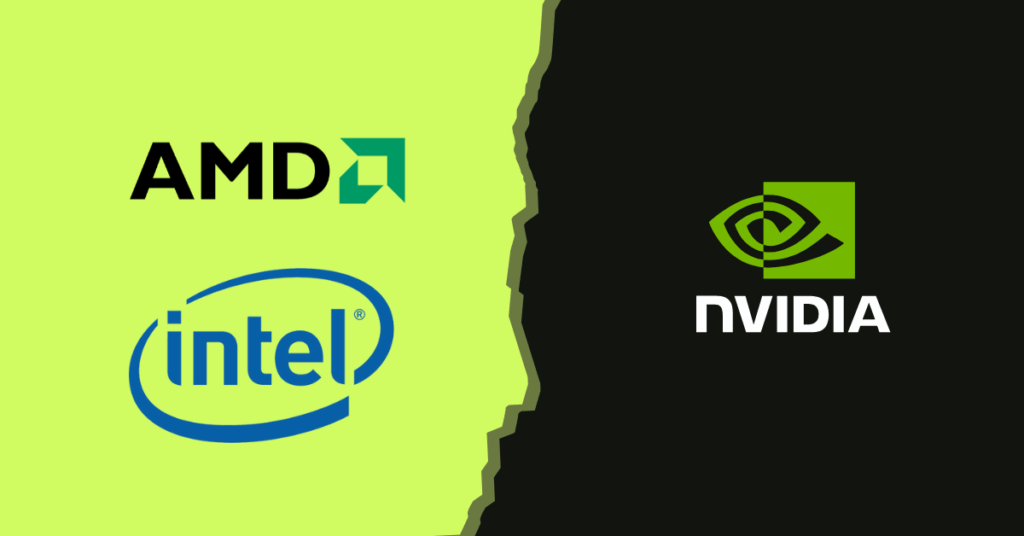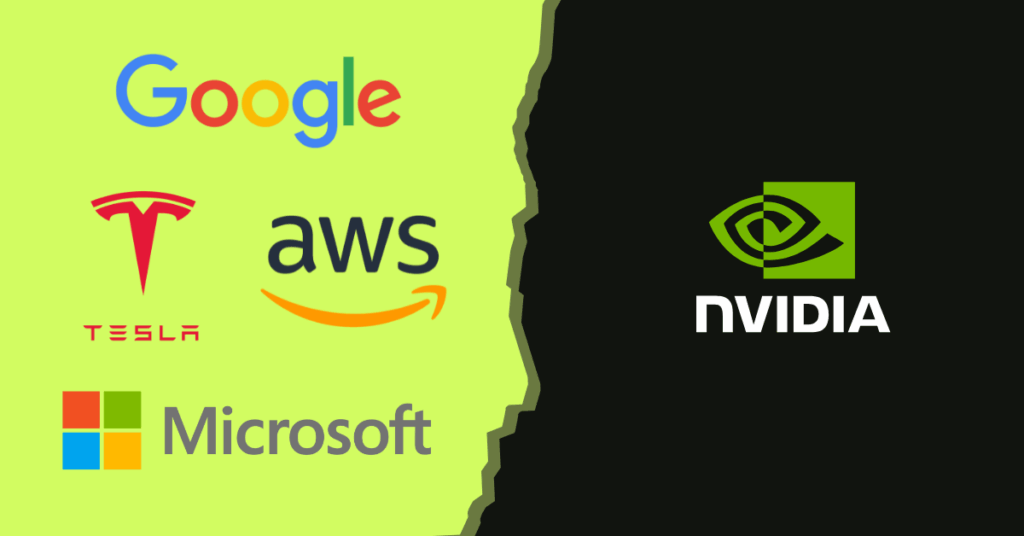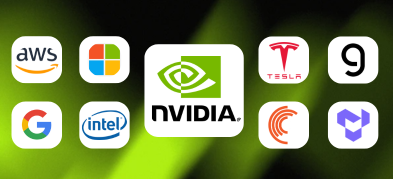
Ultima Markets App
Trade Anytime, Anywhere
Important Information
This website is managed by Ultima Markets’ international entities, and it’s important to emphasise that they are not subject to regulation by the FCA in the UK. Therefore, you must understand that you will not have the FCA’s protection when investing through this website – for example:
- You will not be guaranteed Negative Balance Protection
- You will not be protected by FCA’s leverage restrictions
- You will not have the right to settle disputes via the Financial Ombudsman Service (FOS)
- You will not be protected by Financial Services Compensation Scheme (FSCS)
- Any monies deposited will not be afforded the protection required under the FCA Client Assets Sourcebook. The level of protection for your funds will be determined by the regulations of the relevant local regulator.
Note: Ultima Markets is currently developing a dedicated website for UK clients and expects to onboard UK clients under FCA regulations in 2026.
If you would like to proceed and visit this website, you acknowledge and confirm the following:
- 1.The website is owned by Ultima Markets’ international entities and not by Ultima Markets UK Ltd, which is regulated by the FCA.
- 2.Ultima Markets Limited, or any of the Ultima Markets international entities, are neither based in the UK nor licensed by the FCA.
- 3.You are accessing the website at your own initiative and have not been solicited by Ultima Markets Limited in any way.
- 4.Investing through this website does not grant you the protections provided by the FCA.
- 5.Should you choose to invest through this website or with any of the international Ultima Markets entities, you will be subject to the rules and regulations of the relevant international regulatory authorities, not the FCA.
Ultima Markets wants to make it clear that we are duly licensed and authorised to offer the services and financial derivative products listed on our website. Individuals accessing this website and registering a trading account do so entirely of their own volition and without prior solicitation.
By confirming your decision to proceed with entering the website, you hereby affirm that this decision was solely initiated by you, and no solicitation has been made by any Ultima Markets entity.
I confirm my intention to proceed and enter this website Please direct me to the website operated by Ultima Markets , regulated by the FCA in the United KingdomNvidia Competitors You Should Watch Out For

Nvidia has become almost synonymous with AI chips. Its GPUs power many of today’s large language models and data center AI clusters, and it still controls a dominant share of the high end accelerator market.
That dominance does not mean Nvidia is alone. Its competition now comes from three main directions
- Traditional chipmakers
- Cloud service providers building their own chips
- Specialist AI hardware startups
Around this core, there is also a wider ecosystem of players such as Apple, Qualcomm, Broadcom and TSMC that influence how much room Nvidia’s rivals have to grow.
Why Nvidia Is Still Ahead Of Its Competitors
Before looking at competitors, it helps to understand why Nvidia is still ahead.
For more than a decade, Nvidia has invested in using GPUs for high performance computing and machine learning, long before the current AI boom. That early work built:
- Strong relationships with universities and AI labs
- Deep experience in tuning GPU hardware for non gaming workloads
On top of that, Nvidia’s CUDA platform is a major advantage over most Nvidia competitors. CUDA lets developers write code that runs efficiently on Nvidia GPUs and scale the same code from a laptop to a huge cluster. Around CUDA sits a mature stack of libraries, tools and integrations with frameworks like PyTorch and TensorFlow.
Competitors are not only trying to match Nvidia’s latest chip. They are also trying to convince developers to leave this familiar ecosystem. That is the real challenge.
With that in mind, here is how the main groups of Nvidia competitors line up.
Traditional Chipmakers: AMD And Intel
Among traditional chipmakers, AMD and Intel are the best known Nvidia competitors, although they play very different roles.

AMD: the main direct competitor
AMD competes with Nvidia on two fronts:
- Gaming GPUs through its Radeon product line
- Data center accelerators through its Instinct family
In gaming, Radeon cards offer an alternative to Nvidia GeForce, especially in the mid range where value for money matters. At the very high end, Nvidia still tends to lead, but AMD has loyal followers and competitive products.
In data centers, AMD’s Instinct accelerators target training and inference for large models, the same space as Nvidia’s high end GPUs. AMD has:
- Moved to a faster release cadence to keep up with Nvidia
- Landed high profile AI customers that are willing to deploy its accelerators at scale
- Built a software stack around ROCm to reduce dependence on CUDA
Even with this progress, AMD’s AI revenue is still much smaller than Nvidia’s data center business. Roughly speaking, AMD is only a small fraction of Nvidia’s current AI scale. However, it is the only traditional chipmaker that looks capable of taking meaningful share from Nvidia in high end GPUs if its roadmap and partnerships go well.
Intel: present, but less threatening
Intel also belongs on the list of Nvidia competitors, but its threat level is lower than AMD’s in AI accelerators.
In data centers:
- Intel Xeon CPUs still host many inference workloads and smaller training jobs
- Intel’s Gaudi accelerators offer an alternative to Nvidia GPUs in some cloud and enterprise deployments
In graphics:
- Intel’s Arc discrete GPUs target the gaming and workstation markets
The challenge for Intel is that:
- It is late to high end discrete GPUs
- Its AI software ecosystem is not as mature or widely adopted as CUDA
- It is still catching up on manufacturing at the very cutting edge
On the client side, Intel is adding AI features to laptop and desktop processors, where it competes more with Qualcomm, Apple and AMD than with Nvidia. That matters for personal AI, but does not directly threaten Nvidia’s data center franchise.
Overall, Intel remains relevant but is currently a secondary competitor compared with AMD.
Cloud Service Providers With In House Chips
The second group of Nvidia competitors consists of cloud giants that design custom chips mainly for their own data centers.
A simple way to think about it:
- Nvidia and AMD supply flexible GPUs that can handle many types of AI workloads
- Cloud providers build more specialised application specific chips that are tuned for their own models and infrastructure

The main players here are:
- Google with its Tensor Processing Units (TPUs)
- Amazon Web Services with Trainium and Inferentia
- Microsoft with its Maia accelerators and access to OpenAI’s custom chips
- Tesla Dojo for its own AI workloads, sometimes included in this category
These chips compete with Nvidia in two main ways:
- They reduce internal demand
Cloud providers can run part of their AI workloads on their own chips instead of buying only Nvidia GPUs. - They offer cloud customers alternatives
Some users choose TPUs, Trainium or other custom chips when cost or tight integration with a specific cloud matters more than running everything on Nvidia.
However, even these large Nvidia competitors face limitations:
- Cloud providers are not full scale merchant chip vendors. Their first priority is their own platforms, not selling chips to everyone else.
- Their custom chips often lag Nvidia’s very latest GPUs on raw performance, especially when Nvidia is pushing a fast, performance first roadmap.
- Tools and ecosystems tend to be more specialised. Customers have to be comfortable with each cloud’s preferred frameworks to get the best value.
In short, custom chips from Google, Amazon and Microsoft definitely eat into some internal demand for Nvidia, but they do not yet replace Nvidia as the main general purpose AI accelerator supplier for the broader market.
Startups And Dark Horses
The third group of Nvidia competitors consists of specialist AI hardware startups and “dark horses”.

Some early companies in this space have struggled or pivoted. A handful remain active, including:
- Cerebras, which builds wafer scale chips for extremely large models
- Groq, which focuses on ultra low latency inference
- Tenstorrent, which targets flexible accelerators for data centers and automotive use cases
These companies usually aim at very specific niches. They can offer big gains for certain workloads, but face an uphill battle when it comes to general adoption.
The main reason is software:
- Most AI teams outside Google still develop on Nvidia hardware
- CUDA based code runs from a single GPU to large clusters
- The developer community and support ecosystem are much deeper on Nvidia than on any start up platform
For a startup to become a true Nvidia alternative, it has to deliver not just strong hardware but also a software experience that lets teams move away from CUDA without losing productivity. That is a very high bar with limited resources.
As a result, startups are important for innovation and as bargaining chips in negotiations, but they are not yet large scale threats to Nvidia’s core business.
Other Important Players Around The Edges
Beyond direct GPU rivals and cloud chips, there are several companies that influence Nvidia’s position without competing head on in the same products.
Apple
Apple’s M series chips integrate CPU, GPU and neural engines into a single system on a chip. By designing its own silicon, Apple effectively avoids using Nvidia in Macs and iPads.
Apple is not trying to sell its chips as general AI accelerators to everyone else, but its vertical integration shows how large device makers can reduce their dependence on discrete GPUs.
Qualcomm
Qualcomm’s Snapdragon processors dominate in many smartphones and tablets. They combine CPUs, Adreno GPUs and AI engines to support on device tasks like image processing and speech recognition.
Nvidia used to compete more directly in mobile chips, but today Qualcomm and Apple handle most of the mobile AI workload. That limits Nvidia’s role in on device and ultra low power AI.
Broadcom
Broadcom focuses on networking and custom ASICs rather than GPUs. Its switches, connectivity solutions and bespoke chips are widely used in data centers.
In AI clusters that do use Nvidia GPUs, Broadcom still plays a major role in moving data around. In some cases, its custom ASICs can replace the need for general purpose accelerators for specialised tasks.
TSMC
TSMC manufactures chips for Nvidia, AMD, Apple, Qualcomm and many others. It does not design GPUs, but its advanced process nodes and capacity constrain how fast everyone can ship new products.
TSMC is therefore a key enabler in the background. When TSMC is tight on capacity, all of its leading edge customers, including Nvidia and its rivals, feel the impact.
Conclusion
Nvidia remains the central player in the AI chip world. It has a dominant share of high end data center GPUs, a long head start in AI workloads and a powerful software ecosystem built around CUDA.
The most likely outcome over the next few years is not a sudden collapse of Nvidia’s lead, but a gradual broadening of the AI hardware landscape. Nvidia will probably remain the anchor supplier, while sharing more of the opportunity with these rising competitors.
For anyone tracking the AI chip race, that means watching both Nvidia and the progress of these different rival groups, rather than focusing on a single company in isolation.
Disclaimer: This content is provided for informational purposes only and does not constitute, and should not be construed as, financial, investment, or other professional advice. No statement or opinion contained here in should be considered a recommendation by Ultima Markets or the author regarding any specific investment product, strategy, or transaction. Readers are advised not to rely solely on this material when making investment decisions and should seek independent advice where appropriate.












